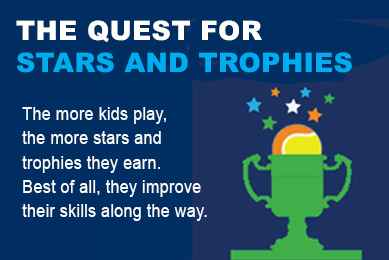Raising a SuperGirl

As I walked home with my second-grader on her last day of school, she was pretending to talk on her phone, a discarded relic from the battle between smart phones and ones that flip. Who are you “talking” to honey, I asked. “My boyfriend,” she replied.
As her father, and a member of the male persuasion, paranoia immediately set in — a red alert beacon began flashing and I raised my shields and locked photon torpedoes on target.
I realize that she’s simply imitating the harmless interactions she sees on some of her favorite Disney shows, but I also recognize that sometimes innocent behaviors have the potential to become weighty complications as she gets older. I don’t want to quash her imagination, which will certainly help her thrive in a world that is opening up to girls in ways that previous generations didn’t enjoy.
But I also don’t want to add to what many educators and psychiatrists are saying….
While girls’ levels of academic achievement have risen to the point that they now outperform boys consistently, their rates of stress, anxiety, and depression have risen as well. A study by the Substance Abuse and Mental Health Services Administration found the girls to have three times the number of depressive episodes as the boys, and the rate at which girls reported feeling depressed nearly tripled in just one year. In other words, while girls are doing everything possible to be all that they can, they’re not enjoying it.
More than 40 years ago, Billie Jean King defeated Bobby Riggs in the “Battle of the Sexes” and helped launch a seismic cultural shift that, while enormously successful, has left adolescent girls faced with a unique predicament. Although progress related to gaining equal rights for women and girls has considerably broadened the range of choices girls have in living their lives, the speed at which change has come has in some ways deprived adolescent girls from precise rules and expectations as they consider the variety of roles now open to them (in contrast with more generally accepted expectations for girls in the past). According to the American Psychological Association, “Today’s girls are expected to ‘have it all,’ but few role models or guidelines exist” to help them chart a successful course in life.
So as we walked home — my daughter “making plans” with her boyfriend and me twisted up in self doubt and fear as I contemplated the future — I was awash with concerns. My daughter will be entering adolescence in the not-to-distant future. Will she remain the same happy little creature that bounces home every day from school? Will she be mocked, isolated or bullied? How can I nurture her gifts, inspire her curiosity and help her become strong and confident in herself?
I want my daughter to have boundless opportunity. But more than that, I want her to be happy — and a big part of that means making sure that she is ready for whatever challenges she will undoubtedly face. We got home, opened up the back gate, and sitting there, in the grass, was hope.
A partially deflated pink and yellow soccer ball lay in the corner of the lawn, one side faded from the winter it sat in a bush. It was going to be too small for her to play with in the fall, when she would graduate to a larger size ball, and despite sitting in the sun for much of the spring, it still felt somewhat waterlogged because it was no longer round but rather egg-shaped, wobbling to and fro as it rolled across the grass.
No, the ball itself wasn’t the answer. It was what the ball represented, however, that gave me confidence in my daughter’s future.
Like most sports, soccer offers hope to parents who want to help their daughters grow to become confident, well-adjusted adults.
But for a variety of reasons, girls are abandoning sports at a time when they are most needed — adolescence. More than 70% of girls quit organized sports at age 13, which has certainly contributed to the mental health challenges girls face at disproportionately high rates. What’s more, girls are at particular risk through social media to be bullied, ostracized, and body-shamed.
But for girls who stay in sports, the news is far better. Researchers have concluded that athletes do better in school, are more active in their communities and are less likely to engage in risky behavior (drugs, alcohol).
What I didn’t quite realize however, is how a sports background dramatically tips the scales in their favor later in life. From educational opportunities and health to leadership and economic empowerment, girls who play sports are able to better navigate the modern world than those who either quit or never played sports growing up.
This issue of Colorado Tennis is dedicated to other dads — and moms, grandparents, aunts, uncles, and any- and everyone — who are willing to commit to keep our girls in sports.





